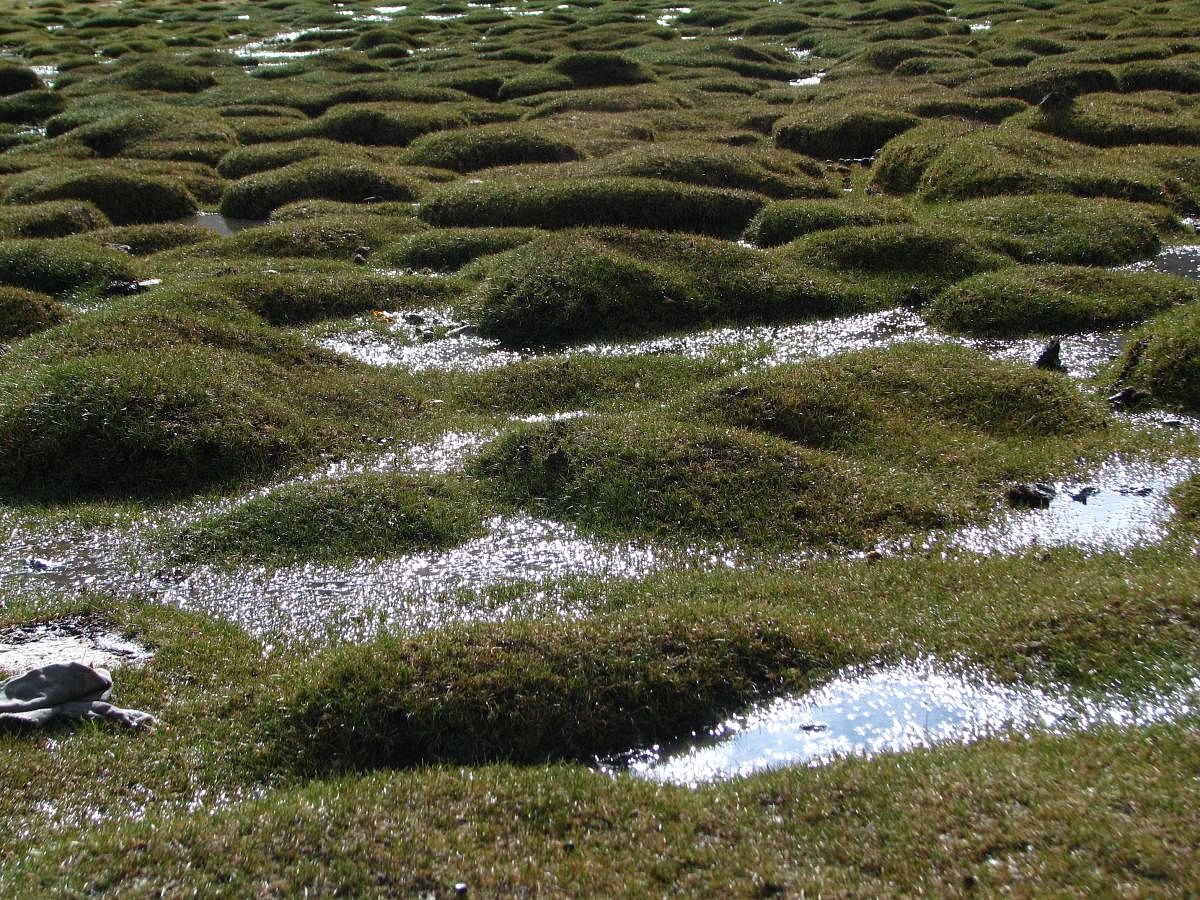Official apathy has resulted in Karnataka’s wetlands finding no mention in the Centre’s draft national action plan (NAP) to protect the country’s wetlands. The Union Ministry of Environment, Forests and Climate Change has identified 20 major wetlands and nine wetland clusters across the country. The list includes eight sites from Maharashtra, nine from Tamil Nadu, three each from Andhra Pradesh and Puducherry, and five from Rajasthan. But Karnataka, which has some 622 water bodies that attract migratory birds from regions as distant as Siberia, 21 of which qualify as ‘Ramsar sites’, does not figure in this list. This is worrying as the state’s wetlands are not only shrinking but also suffering environmental degradation and ecological damage. Inclusion of Karnataka’s wetlands in the draft NAP would have enabled the state to benefit from budgetary allocations and policy support for protection of these water bodies and their eco-systems. Focused attention on these wetlands would have enriched these water-bodies and undermined attempts of real estate mafias to encroach and engage in land grabbing. Unfortunately, Karnataka’s environment authorities seem to have little interest in protecting our wetlands.
Wetlands are among the most threatened of all ecosystems in India. Loss of vegetation, salinisation, water pollution, invasive species, and environment-unfriendly development are among the main reasons for the destruction of wetland ecosystems. In the name of tourism or infrastructure development, wetland wealth is being systematically destroyed. The draft NAP is a five-year action plan to conserve and protect these natural habitats and to ensure that birds keep returning annually to our wetlands for wintering, staging and breeding. By not sending the required data to the Ministry of Environment, Karnataka has voted itself out of central government support for protection of our wetland wealth.
The Karnataka government must make public the reasons for its failure to send the required data on our wetlands to the Ministry of Environment. Especially when it is said that such data is available, collected by surveys conducted by experts and officials. Why then was this data not sent to the central government? If it was a lapse on the part of officials, then they need to be taken to task. Or, was the government’s ‘oversight’ deliberate? If this is the case, it is reason for grave concern as it suggests that the government does not want to protect the wetlands, perhaps because it wants to undertake ‘development’ activities in these areas without interference or monitoring by central environment bodies. Whatever the underlying motivation, the Karnataka government must explore options to get its wetlands included in the draft NAP.
